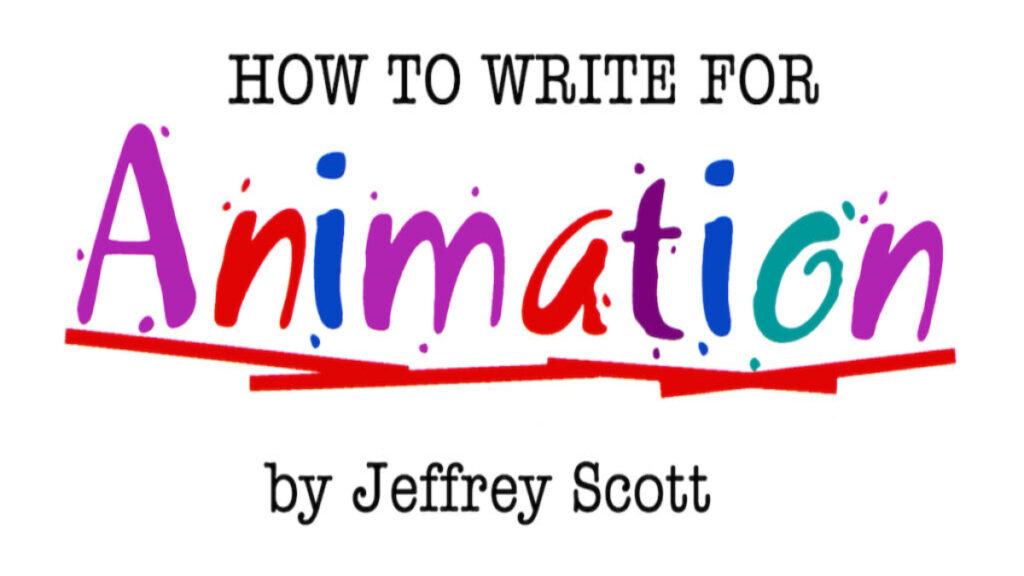There are five simple steps that, if done with intelligence, creativity, and persistence, will help you break into the animation business.
Step #1—Find people to contact
People feel most comfortable hiring their friends. The first thing you want to find out is if you know anyone in the business or know anyone who knows anyone. Don’t be afraid to ask around. The leads are there. You just have to find them. If you do, don’t be too proud to use the contact. If you don’t happen to have a friend in the business—and even if you do—you’ve got to contact as many producers and story editors as possible. Search the internet and you’ll find them.
Step #2—Contact them
Get the producers or story editors on the phone if you can or call their assistants. If you can’t, try to find their email address. Because email is easy to read and answer it greatly increases your chances of getting a response. Keep your query short and to the point. If you can’t reach the producer or editor, talk to their assistant. They can be very helpful.
Step #3—Promote yourself to them
If you have any kind of writing credit or other relevant experience, such as a film school education, mention this. Above all, be creative! Don’t forget you’re a writer. You need to stand out from the next guy. Be funny! Be different! Be creative! The key to succeeding is simply persisting. The more people you contact, the more phone calls you make, the more emails and scripts you send out, the greater your chance of success.
Step #4—Ask what they need and want
If you’re talking to a producer or a story editor (or their assistant), find out as much as you can about what they need and want. The questions you ask, and the answers you get, will be different depending on whether you’re using these steps to get an agent, get a pitch meeting, sell a script, sell a series, or whatever. Once you find out what they need and want, the next step is easy.
Step #5—Give it to them!
The secret to my success has been that I have always given people exactly what they want, not what I thought they wanted, or thought they meant they wanted, or should want. This may sound like an artistic compromise, but only by first writing what they want will you someday find yourself in a position where you can write what you want. The artist who knows his paintings are great art but can’t sell them may be a Van Gogh at some future date, but he’ll starve today.
I constantly hear producers and story editors say, “There aren’t enough good writers.” So even without an agent, if you do steps one to five, your sample script is good, and you don’t give up, you should hit pay dirt.
©Jeffrey Scott, All Rights Reserved
(Jeffrey Scott has written over 700 animated and live-action TV and film scripts for Sony, Warner Bros., Disney, Marvel, Universal, Paramount, Columbia, Big Animation, Hanna-Barbera and others. His writing has been honoured with three Emmys and the Humanitas Prize. He is author of the acclaimed book, How to Write for Animation. To work with Jeffrey visit his website at www.JeffreyScott.tv.)
Read other articles from this series:
#1 The difference between live-action and animation writing
#3 It all begins with a premise
#4 The secret to developing your story
#5 Finding the scenes that Must be there
#7 How to easily transform your outline into script
#8 A brief introduction to script writing
#9 How long should your scenes be?
#10 How to (and NOT to) edit your writing
#13 The importance of communication
#17 Assuming the point of view of your audience
#23 The screenwriter’s bookshelf
#25 Creating an animated series
#27 Developing your series concept
#28 Real vs. Cartoonish characters
#29 Making your series more sellable
#30 The basic elements of an animated series
#31 The four vital elements of an animated series bible
#34 How to sell your script or series



